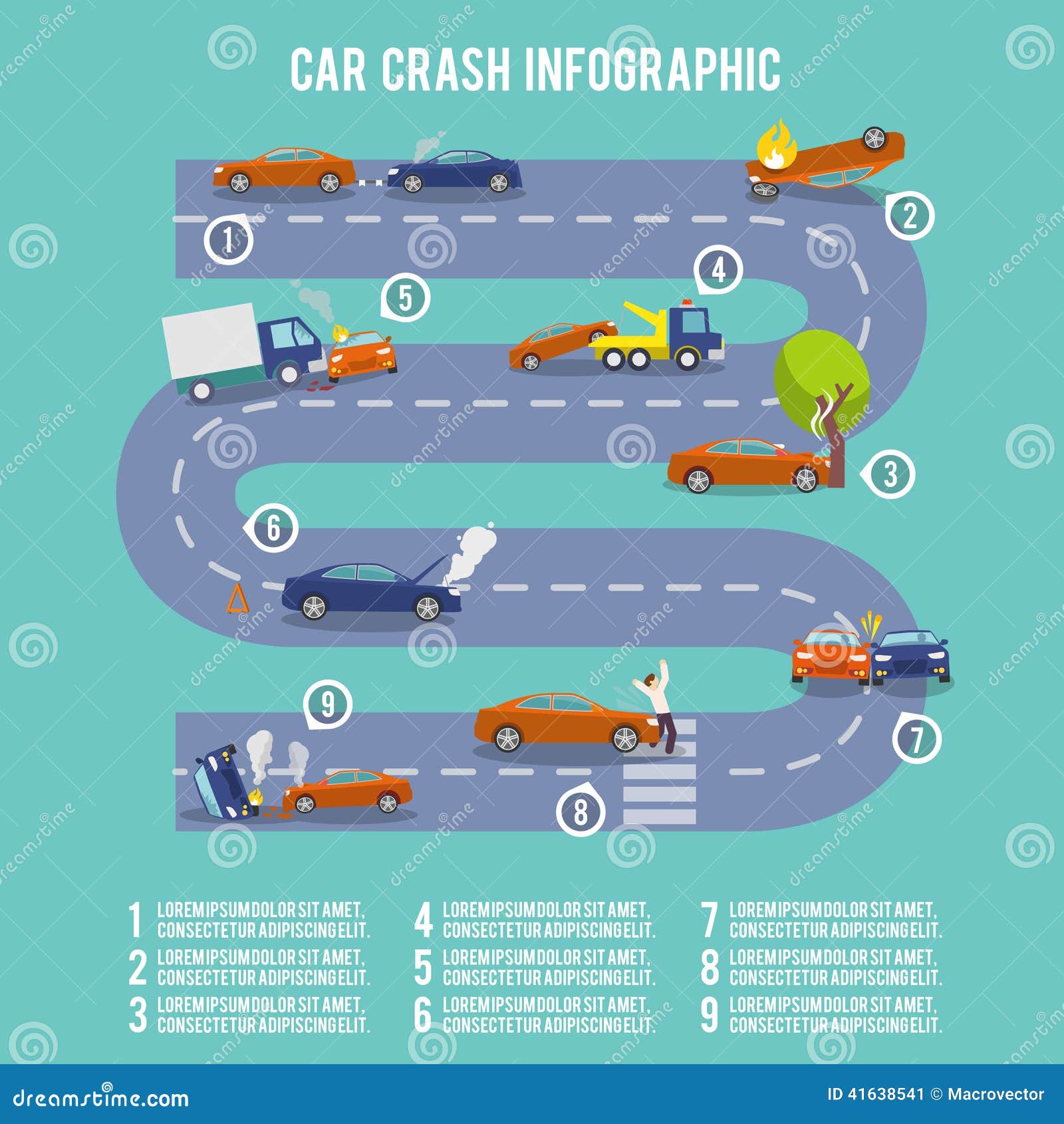Wondering Regarding The Meaning Behind Those Dashboard Warning Lights? Gain Insights Right Into Their Ramifications For Your Lorry'S Security And Maintenance
Wondering Regarding The Meaning Behind Those Dashboard Warning Lights? Gain Insights Right Into Their Ramifications For Your Lorry'S Security And Maintenance
Blog Article
Material By-Hartley Corbett
When you're behind the wheel, those radiant caution lights on your control panel can be a little bit puzzling. Do you understand what they're trying to inform you regarding your vehicle's health and wellness? Understanding the relevance of these lights is important for your safety and security and the durability of your car. So, the next time one of those lights turns up, wouldn't you want to decode its message precisely and take the needed steps to resolve it?
Common Warning Lighting and Interpretations
Determine typical caution lights in your cars and truck and understand their significances to guarantee safe driving.
The most typical warning lights consist of the check engine light, which indicates concerns with the engine or emissions system. If https://www.ratchetandwrench.com/articles/12410-5-tips-for-managing-difficult-employees begins, it's critical to have your car examined quickly.
marine detail warning light suggests reduced oil pressure, needing prompt attention to stop engine damages.
A blinking battery light could suggest a defective billing system, potentially leaving you stranded if not attended to.
The tire stress surveillance system (TPMS) light notifies you to reduced tire stress, affecting vehicle stability and fuel efficiency. Disregarding this could result in dangerous driving conditions.
The abdominal muscle light indicates a problem with the anti-lock braking system, endangering your capacity to stop promptly in emergency situations.
Last but not least, the coolant temperature level warning light warns of engine getting too hot, which can result in serious damages if not solved promptly.
Understanding these typical caution lights will certainly aid you resolve issues without delay and keep safe driving conditions.
Relevance of Prompt Interest
Comprehending the usual caution lights in your vehicle is only the initial step; the importance of quickly resolving these cautions can not be stressed sufficient to ensure your security when driving.
When a warning light brightens on your dashboard, it's your automobile's means of interacting a potential issue that requires focus. Neglecting these warnings can lead to much more serious issues in the future, compromising your security and potentially costing you much more out of commission.
Trigger attention to alerting lights can avoid failures and crashes. For instance, a flashing check engine light can indicate a misfire that, if left unattended, might cause damages to the catalytic converter. Resolving this quickly can conserve you from a costly repair service.
In a similar way, a brake system cautioning light might indicate reduced brake liquid or worn brake pads, vital elements for your security when driving.
DIY Troubleshooting Tips
If you notice a caution light on your control panel, there are a few do it yourself troubleshooting pointers you can attempt before looking for specialist assistance.
The initial step is to consult your auto's manual to comprehend what the particular caution light shows. Occasionally https://carecutuning84951.bloggip.com/32161425/extremely-practical-mobile-auto-outlining-solutions-not-just-save-you-money-and-time-yet-likewise-boost-your-automobile-s-long-life-find-just-how-they-can-change-your-regular can be as simple as a loose gas cap activating the check engine light. Tightening up the gas cap may fix the issue.
One more typical concern is a reduced battery, which can trigger numerous warning lights. Checking the battery links for deterioration and guaranteeing they're secure might take care of the trouble.
If a caution light persists, you can try resetting it by separating the automobile's battery for a few minutes and after that reconnecting it. Furthermore, inspecting your automobile's fluid levels, such as oil, coolant, and brake fluid, can aid repair advising lights associated with these systems.
Conclusion
To conclude, recognizing your automobile's caution lights is essential for keeping your car running efficiently and securely. By without delay attending to these notifies and knowing what they mean, you can avoid expensive repair services and potential failures.
Keep in mind to consult your vehicle's manual for particular details on each advising light and act as necessary to make sure a trouble-free driving experience.
Keep informed, remain safe when traveling!
